Along the way on our tour of Sri Lanka we make various interesting stops.
During our journey around central and south Sri Lanka, we visit national parks, forest reserves and UNESCO World Heritage Sites – all with a focus on nature. However, getting from one destination to the next and the stops we make along the way also comprise adventures in themselves.
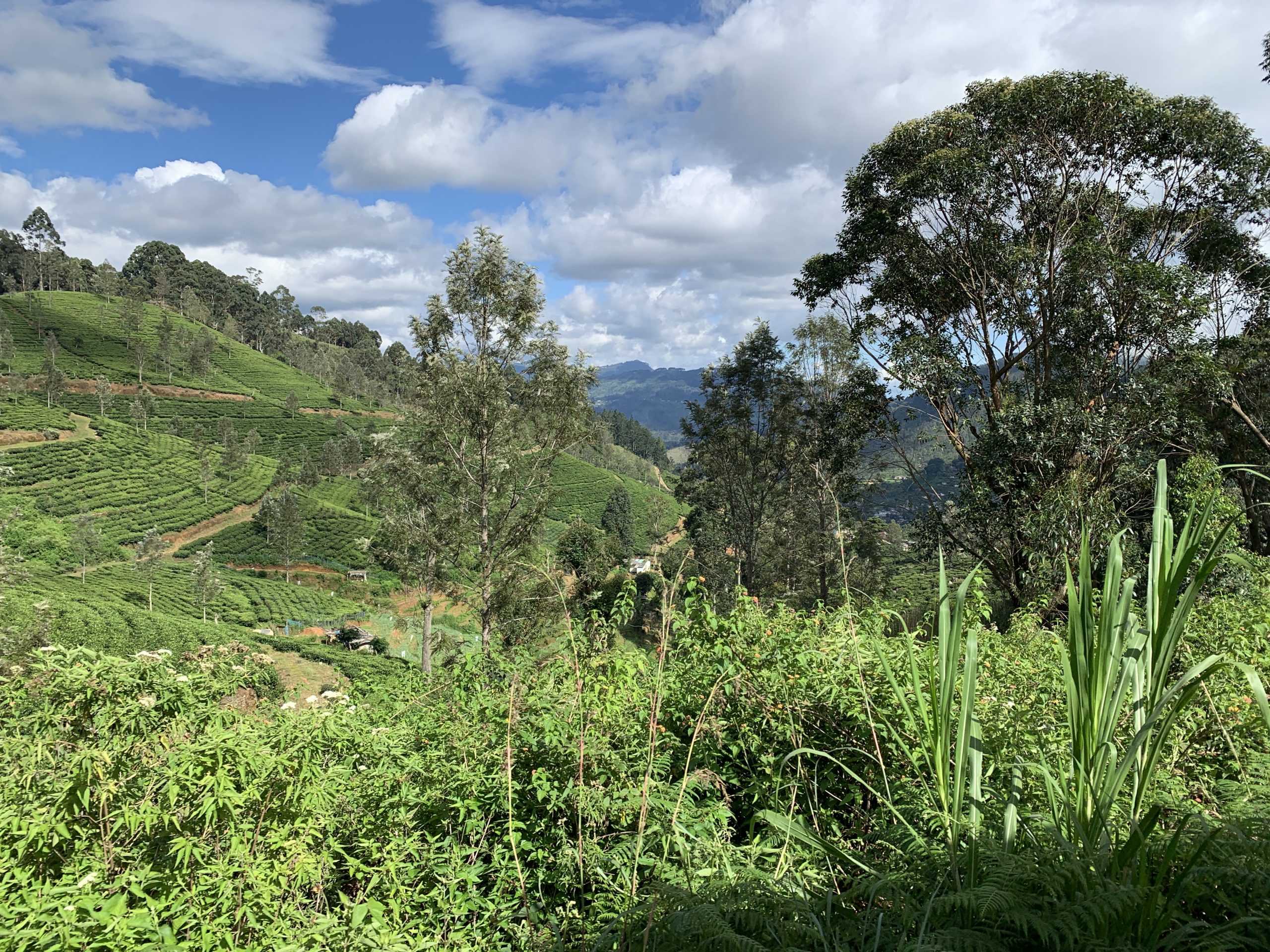
On one particular stage of our journey, we leave the bus behind and take an iconic train trip through the highlands passing by tea plantations, dense forests and villages to the rhythmic sound of clackety clack.
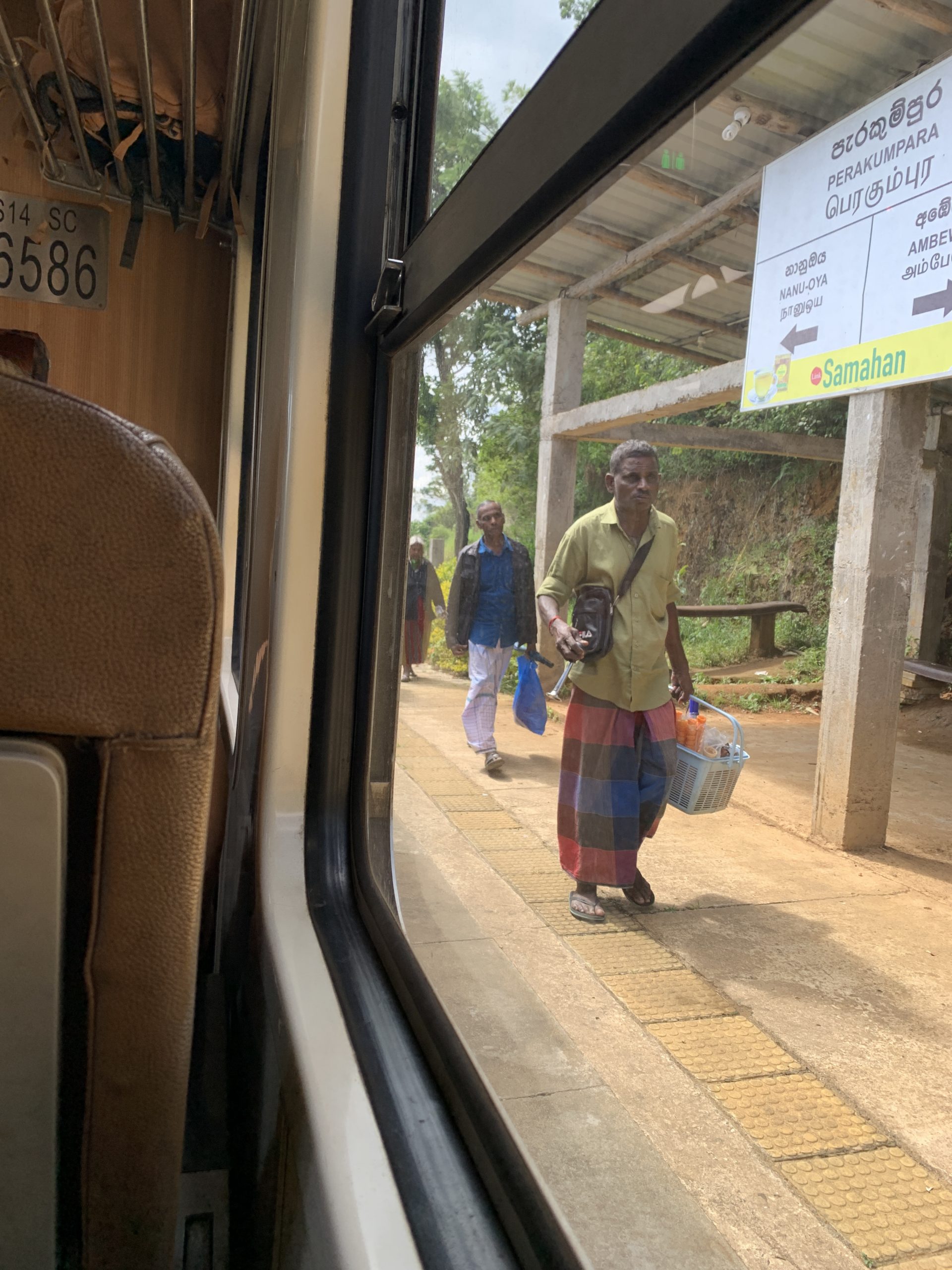
At one point in our travels, we drive in our bus along winding mountain roads to visit a tea plantation, stopping for lunch at a restaurant with a scenic view to a waterfall. The rain pours down while we eat and enjoy the view.
I go for a quick visit to the washroom and when I return the waterfall has grown in size and the clear water has been transformed to a muddy brown. Such is the power of nature.
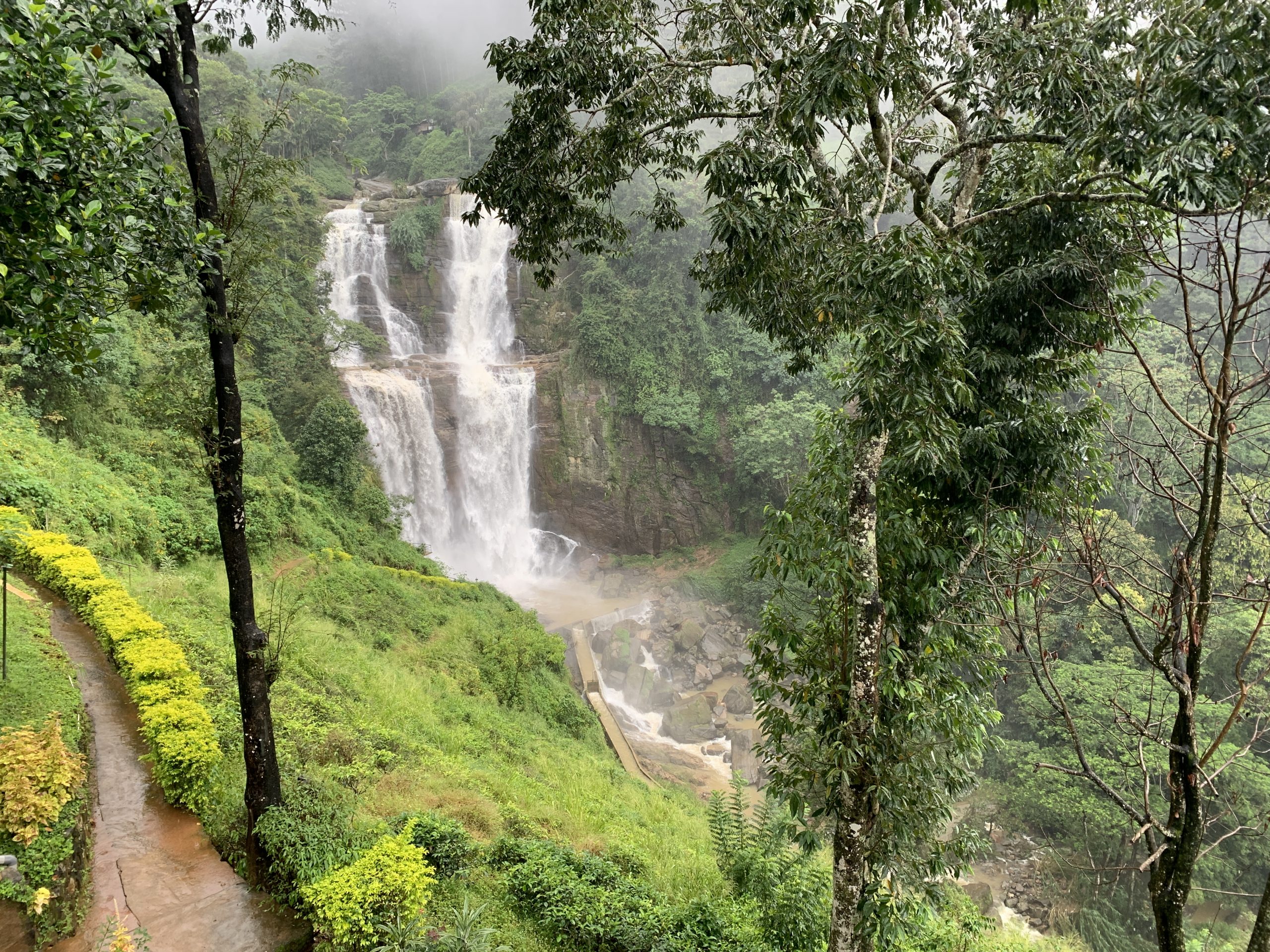
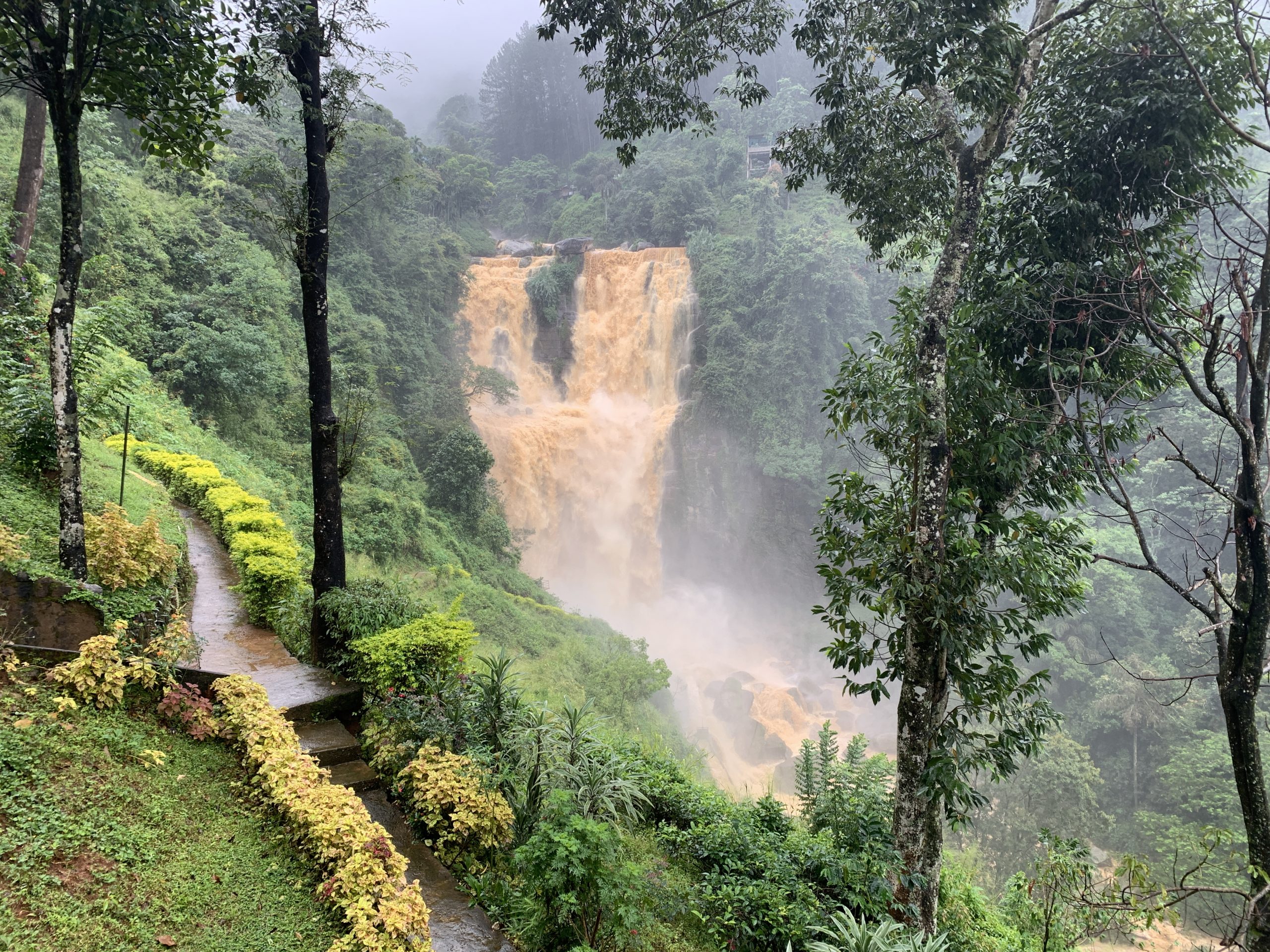
Sri Lanka was also witness to nature’s power of water when a tsunami struck the country in 2004. It had devastating consequences, killing and injuring thousands of people, derailing trains, and destroying fishing craft and homes. We visit a tiny, modest tsunami museum in a former private home on the southern coast. The museum comprises a collection of faded but dramatic photos and handwritten posters with sobering figures.
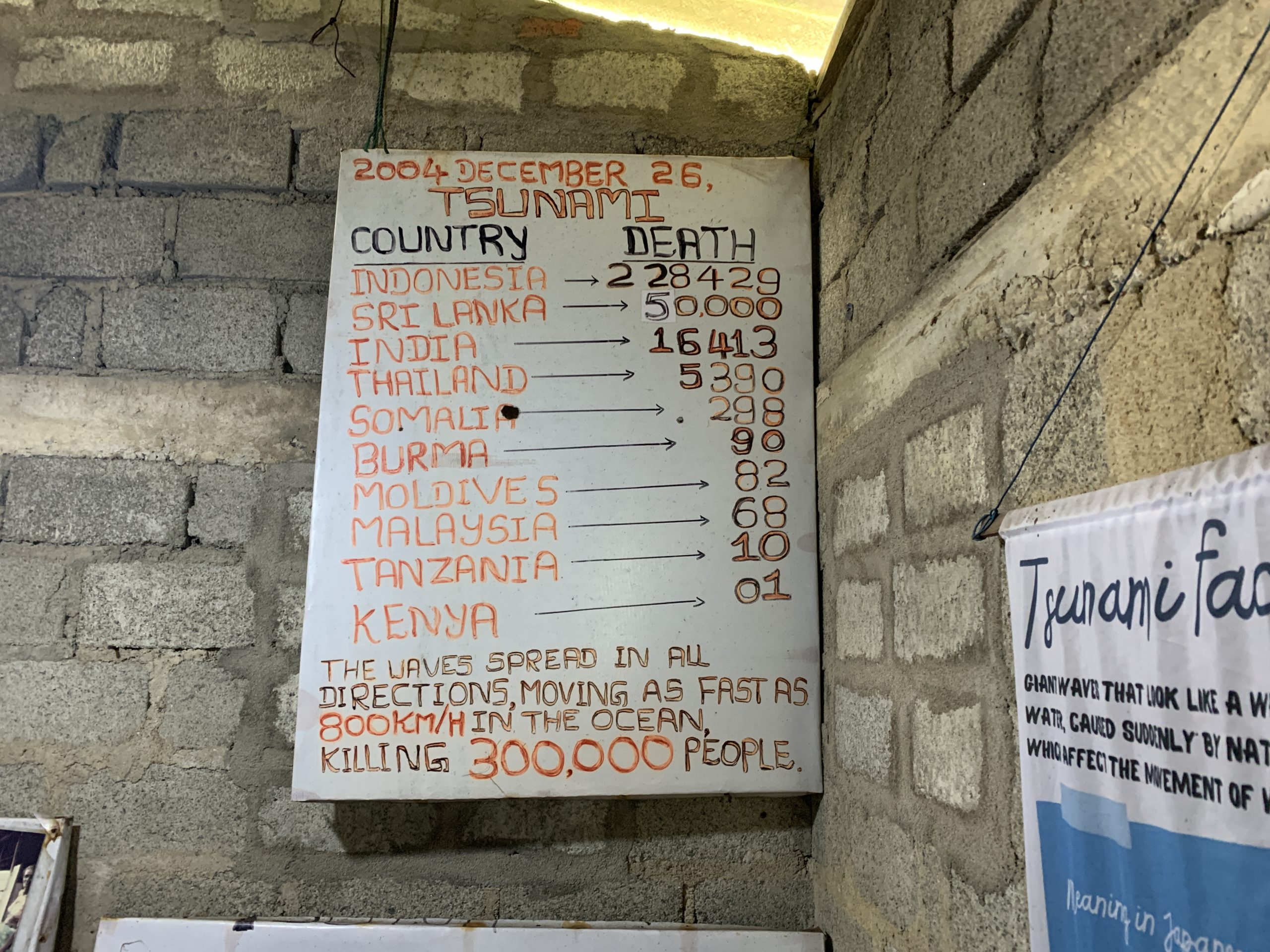
During our travels, we pass numerous tea plantations and, as mentioned above, we stop to visit one of them. We learn about the fascinating finesses of growing, picking and processing the leaves from the Camellia sinensis plant and sample various types of tea. Sri Lanka, formerly known as Ceylon, is a major tea producer and exporter. The small island is the world’s fourth largest producer of tea, which accounts for two percent of the country’s GDP.
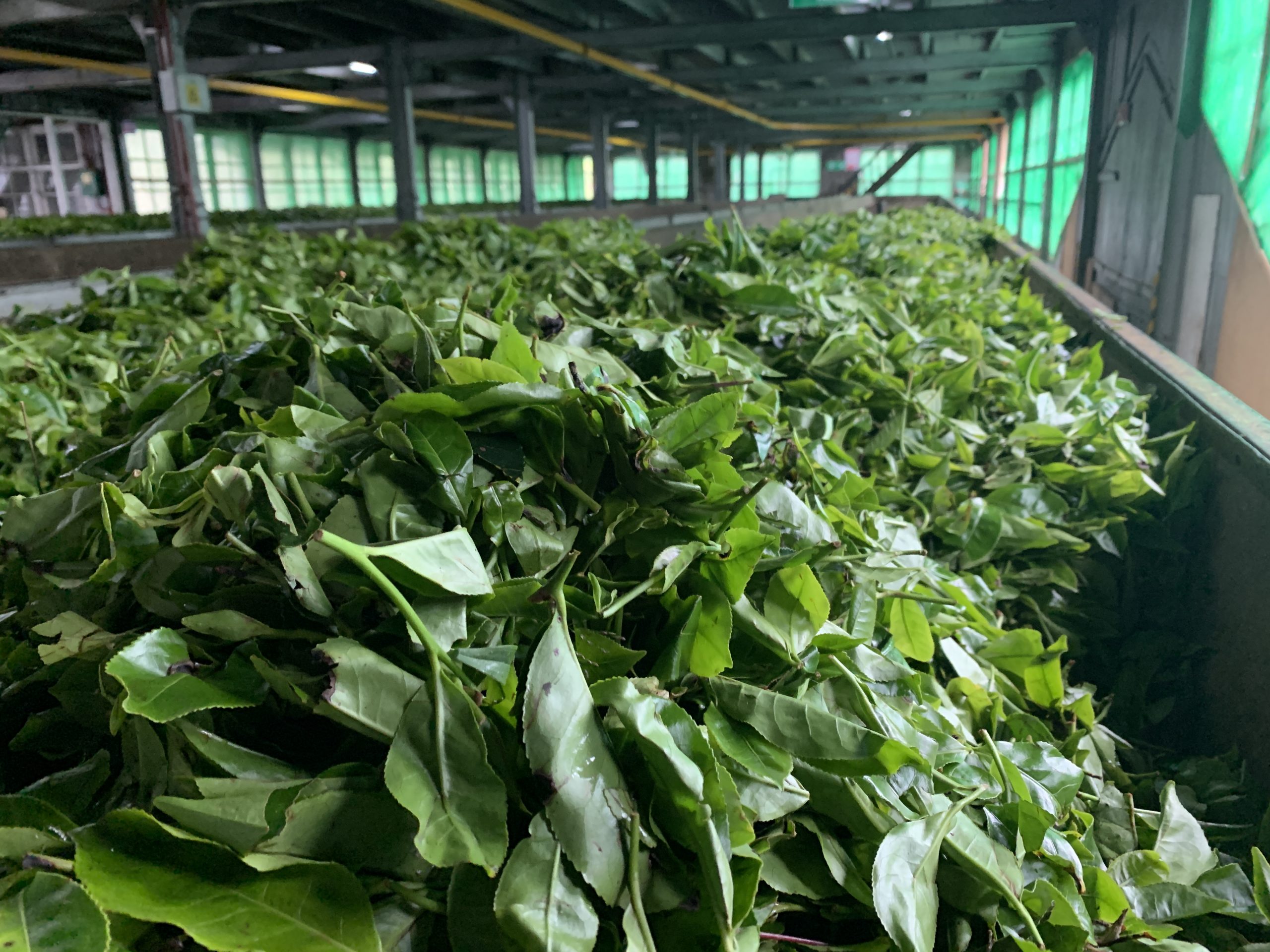
Another important source of income for Sri Lanka is gems. We visit a couple of mines and learn about the many pretty stones. Sri Lanka is particularly well known for its beautiful sapphires. Did you know that rubies and sapphires are, scientifically speaking, the same? They are made of the same mineral, corundum, and have the same structure. Rubies are red due to their chromium content.
Many of the mines are hand dug and only go down about 10-15 m and horizontally another 15 m. All the materials used are organic, so when a mine is abandoned, it reverts back to nature in a natural way.
The miners sift the sand and gravel for gems. Finding the precious and semi-precious stones requires experience and a good eye.
According to Wikipedia, nearly 25 percent of the total land area of Sri Lanka is potentially gem-bearing, making Sri Lanka one of the countries with the highest density of gem deposits compared to its landmass.

